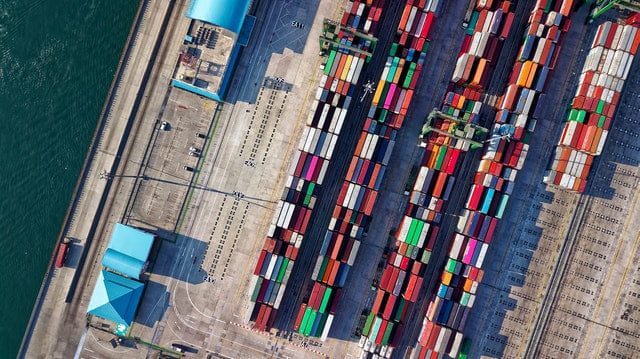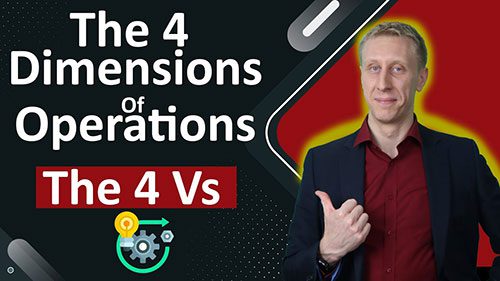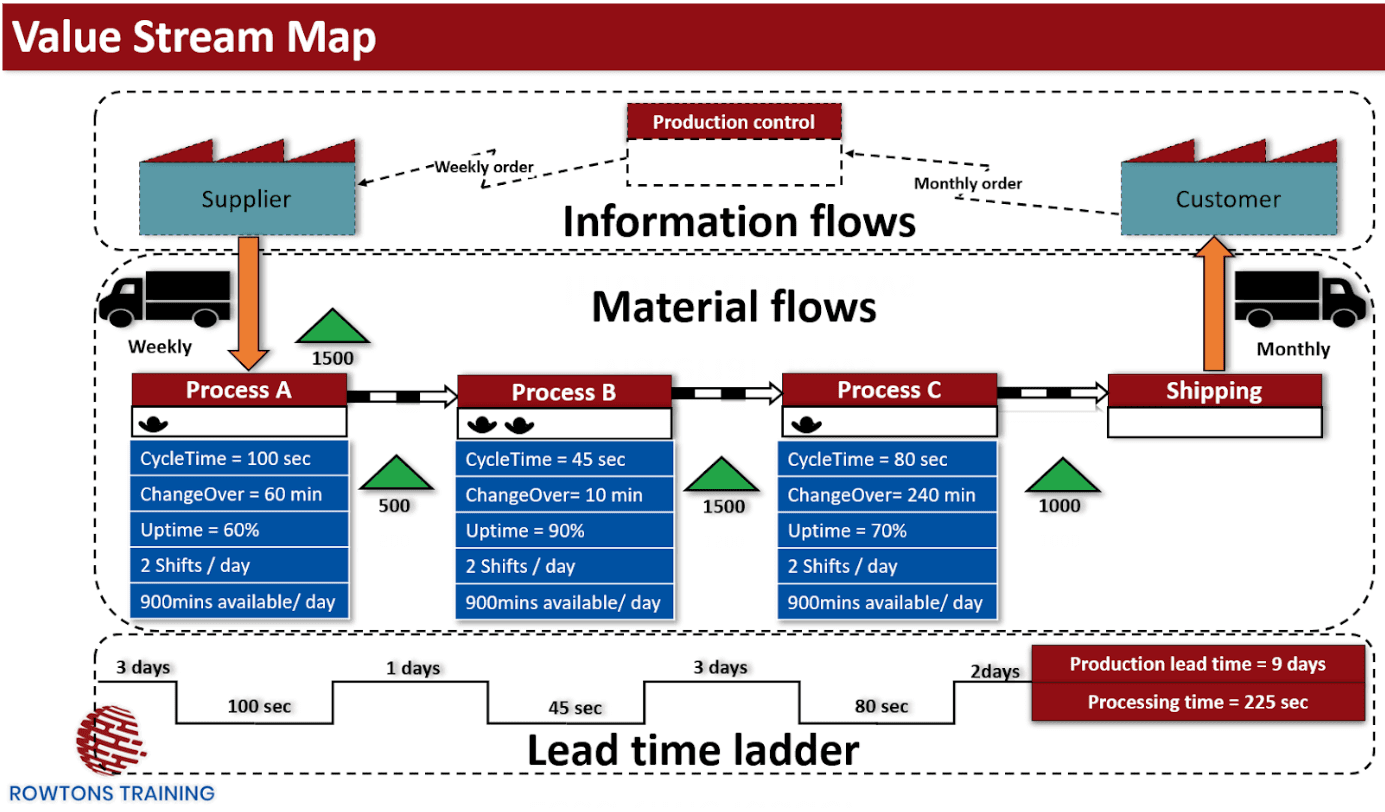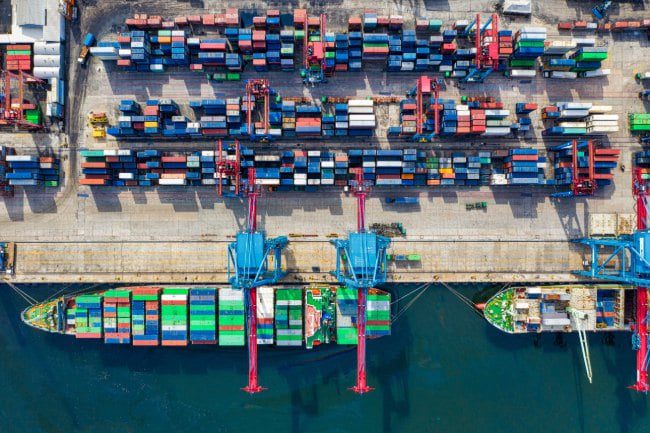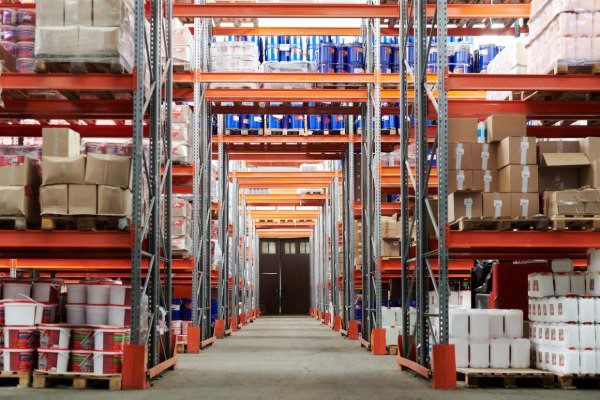Supply Chains are different. They serve a range of very different products and their success depends of very different factors. Different products can require very different supply chains and we’re going to look at one essential dimension – Efficient vs Responsive.
You might want both but you cant!
A supply chain’s design must be aligned with the nature of our products and its supply chain needs. Their characteristics must match for assuming a “one-size-fits-all” supper supply chain model can leave you strangled in costs or devastatingly slow to market and unable to react.
Want to learn more about Supply Chain Management. Try my online video training course “Supply Chain Management A-Z” along with many others on similar topics.
The design of a supply chain sits on a spectrum, from super-“Efficient” to super “Responsive”. We have to “choose” the desired nature of our supply chains and where we want it to sit on this spectrum. The defining input in this decision is the nature of the product it must supply. Products themselves vary greatly on their own spectrum, from super “Functional” to super “Innovative”.
DISCOVER THE “FORGOTTEN FUNDAMENTALS” OF OPERATIONS MANAGEMENT”
When we are talking of products, the nature of the products is not just what they physically are, it’s also the characteristics of how consumers perceive them that are most important in determining what type of supply chain they require , perhaps one where very short lead times are essential (a very “responsive” supply chain), or where minimizing costs is the primary driver (a very “efficient” supply chain.
What are “functional” products?
Functional products are those that have a stable and predictable demand, long life cycles, and are price sensitive. The priority for these products is to keep them always available to the customer at the lowest possible price.
Functional products examples.
Think of washing powder, soap, jars of jam, toilet paper. These are all good examples of functional products, as you can see, they are everyday goods that that ongoing, steady demand. They are not necessarily life essentials (though some would say strawberry jam is one of life’s greatest delights” but they are goods that have been around forever, and they are likely to be around forever with very long-term, stable demand. Customers demand they are always in stock and therefore price is the primary success factor for their supply chains.
What are “innovative” products?
Innovative products have unstable and unpredictable demand. They are usually new products, and they have short life cycles. Generally, when thinking of these products you are thinking of new products or new variations introduced to new markets in new ways.
Innovative product examples
Smartphones, computers, fashion clothing, sports bikes, computer games, etc. In this category, you can often find products that are always being updated, newer versions of electronics, new designs, new summer fashion trends of clothing. Whist summer dresses have been around for a very long time, each summer (or even more frequently) brings demand for fresh new designs. A certain model of electronic or style of dress won’t be on the shelves in a few months when it will be replaced by something else. They are always changing and demand is highly uncertain with a very short product life cycle.
Now, let’s go back to the different types of supply chains mentioned in the beginning. Remember they must sit somewhere on the spectrum from “efficient” to “responsive”? They can’t be both. Let’s dig into the details.
What is an “efficient” supply chain?
An efficient supply chain is all about keeping costs as low as possible, through high utilization, high repetition, and a high level of standardization. Efficient supply chains try to build up the routine required to provide the same product to the same market in smooth, predictable flow and at the lowest cost possible.
What is a “responsive” supply chain?
A responsive supply chain is defined by its reaction speed and therefore requires high excess capacity to allow it to react, start new routes, scale up and down quickly in response to changes in product and customer demand rates. This inevitably causes a “responsive” supply chain be high cost and therefore not “efficient”. The goal for this kind of supply chain is to bring a new product to a new market in a new way as quickly as possible. They must be able to ramp up production to meet explosive demand that is not expected to last. If you cant react fast enough, you miss it!
Supply Chain Management A-Z – Business Essentials – Online Video Training Course
A good analogy of “efficient” vs “responsive” is to think of how we transport ourselves in our day-to-day. Think of using a train, it always runs on time, has a very predictable schedule, it efficiently transports a large number of people from point A to B, it’s cheap. Changing its schedule or route are simply not a realistic option.
On the other hand, perhaps you have your own sports car. It’s tremendously fast, and expensive as hell, not only due to its actual price tag but also due to its low utilization. It’s sitting in your garage, waiting, until you feel like using it, instantly ready for you providing you with great flexibility and responsiveness.
Quick Summary
Matching your supply chain’s design with your product’s characteristics is vital. Efficient supply chains are low-cost, high repetition, and utilization operations that deal well with functional products. In contrast, innovative supply chains have great reaction speeds though high excess capacity, and are costly. They deal best with innovative products.
Crack On!

